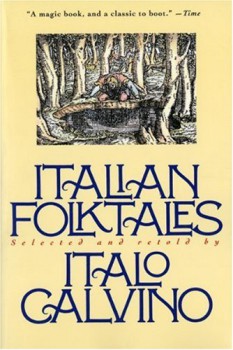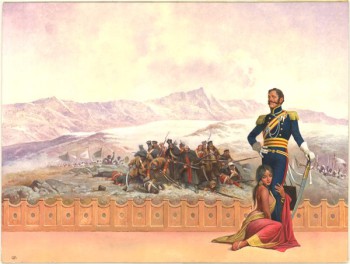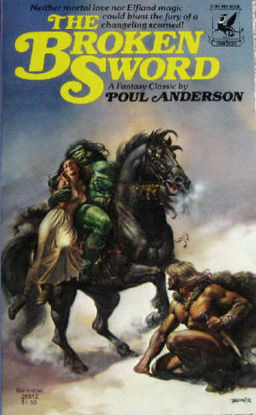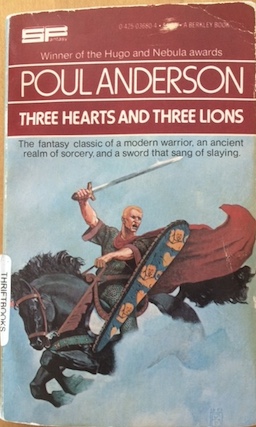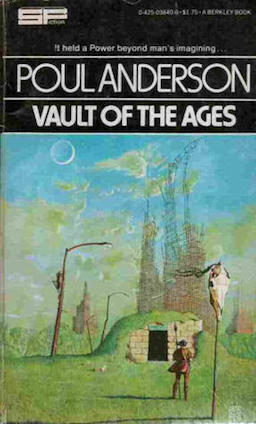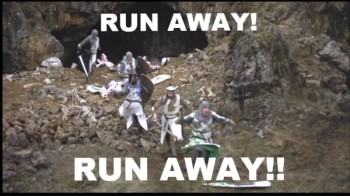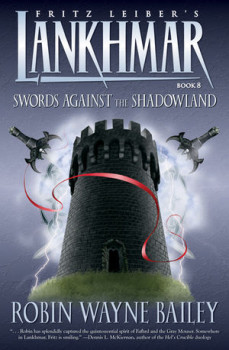A Detailed Explanation
 This is going to come out at some point, so I might as well say it here and now: I declined a Hugo nomination for this year’s Best Fan Writer award. I think it’s only fair to the people who voted for me to say why. Be warned, this is going to take a while. (And long-time readers of mine around these parts know that coming from me, that really means something.)
This is going to come out at some point, so I might as well say it here and now: I declined a Hugo nomination for this year’s Best Fan Writer award. I think it’s only fair to the people who voted for me to say why. Be warned, this is going to take a while. (And long-time readers of mine around these parts know that coming from me, that really means something.)
Firstly, given the nature of this post and the scrutiny that surrounds a major award, I should probably introduce myself. Hi. I’m Matthew David Surridge, a Montreal-area writer. I had a couple of longish short stories published a few years ago, one in the paper version of Black Gate and one at Beneath Ceaseless Skies. I’ve been fighting some minor but debilitating illnesses for a while which have kept me from writing fiction, but luckily reading and thinking about books is still within my power, and so I’ve been blogging here at Blackgate.com since 2010.
I mostly write about books I’ve recently enjoyed. In 2014, that included posts about surrealist Leonora Carrington’s The Hearing Trumpet, Elizabeth Hand’s Bride of Frankenstein tie-in novel Pandora’s Bride, a collection of short stories by Violet Paget AKA Vernon Lee, Amos Tutuola’s The Palm-Wine Drinkard and My Life in the Bush of Ghosts, the medieval tales in the Gesta Romanorum, Mary Gentle’s The Black Opera, Stella Gemmell’s The City, V.E. Schwab’s Vicious, Olga Slavnikova’s 2017, Jan Morris’ wonderful Hav, Phyllis Ann Karr’s Wildraith’s Last Battle, Steven Bauer’s Satyrday, the Harlan Ellison–edited shared-world anthology Medea, Pat Murphy’s three ‘Max Merriwell’ novels (There And Back Again, Wild Angel, and Adventures in Time and Space With Max Merriwell), Sylvia Townsend Warner’s debut novel Lolly Willowes, E.R. Eddison’s The Worm Ouroboros and Zimiamvia trilogy, and Patricia A. McKillip’s The Changeling Sea. I also often write about comics, and last year I discussed the Steve Ditko/Wally Wood/Paul Levitz run of Stalker from the 1970s; the first volume of Brian K. Vaughan and Fiona Staples’ Hugo-winning Saga; Alan Moore, Antony Johnston, and Facundo Percio’s Fashion Beast; and Sage Stossel’s Starling.
